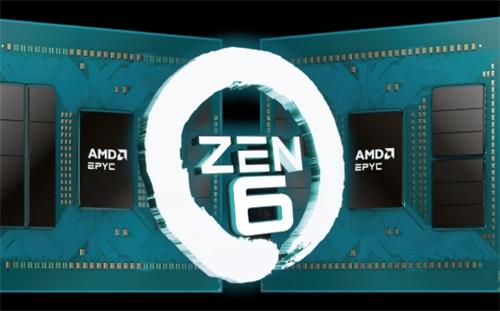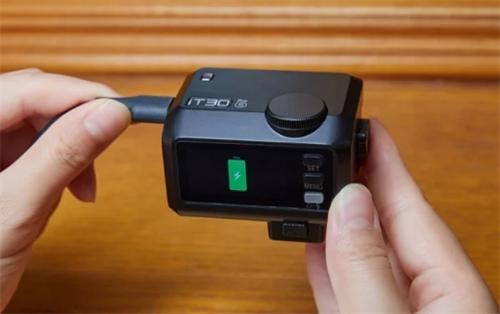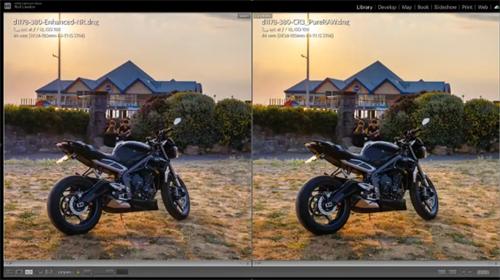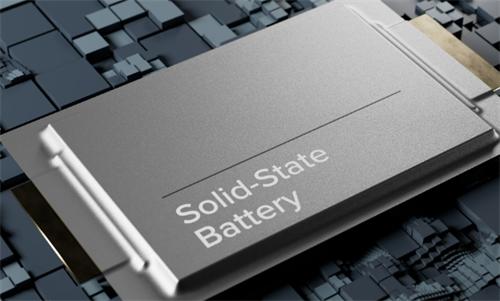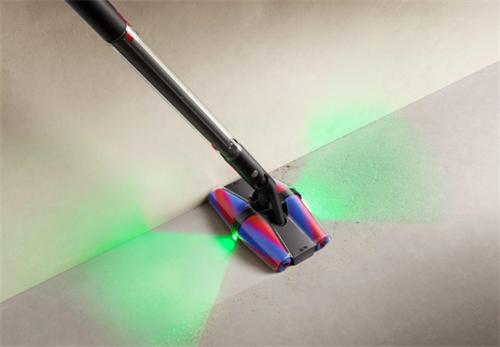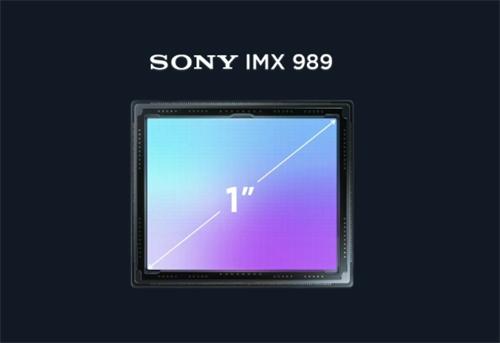Sony a7 III: A Comprehensive Review of a Legendary Camera
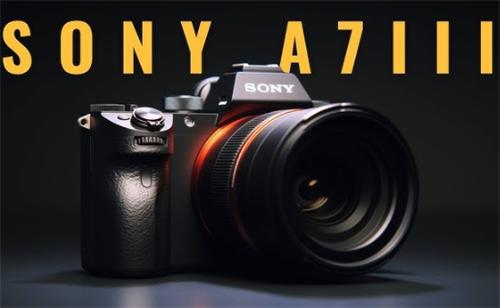
Once a hugely popular model, the Sony a7 III captured the attention of photography enthusiasts with its powerful features and provided a highly cost-effective option for many professional photographers. Although I sold mine after a year of use and upgraded to the a7R IV, I still have a deep impression of the a7 III. As my first full-frame camera, it brought me countless surprises. Today, I’ll take a comprehensive look back at this classic camera from multiple perspectives.
1. 24MP Full-Frame Sensor: Reliable Performance
The a7 III is equipped with a 24MP full-frame BSI CMOS sensor. While it doesn’t have the highest resolution, its back-illuminated structure significantly enhances low-light performance, with excellent noise control at high ISOs. The a7 III’s dual gain architecture provides excellent dynamic range across highlights and shadows, allowing for easier shooting in challenging lighting environments.
2. Powerful Autofocus System
Compared to its predecessor, the a7 II, the a7 III made a substantial leap in autofocus performance. It features 693 phase-detection points and 425 contrast-detection points, covering approximately 93% of the frame. This allows for fast, accurate subject tracking during dynamic shooting scenarios—whether it’s capturing fast-moving subjects or unpredictable wedding moments, the a7 III handles it with ease. Its autofocus speed and accuracy are among the best in its class.
3. 10fps Continuous Shooting and Strong Video Capabilities
The a7 III supports continuous shooting at up to 10 frames per second, which is sufficient for most sports and action photography. It also captures oversampled 4K video from 6K full-frame footage, delivering sharp, detailed results. With support for S-Log2, S-Log3, and other professional video features, it’s an excellent choice for content creators and videographers alike.
4. Improved Ergonomics
Sony made notable improvements to the a7 III’s ergonomics over the a7 II. The grip is larger and more comfortable, and the control layout is more intuitive. The addition of dedicated AF-ON and AEL buttons enhances focus control. Moreover, the camera uses Sony’s Z-series battery, which offers significantly improved battery life—with a CIPA rating of 710 shots per charge, far exceeding many rivals and easing battery concerns during long shoots.
5. Quality Display and Viewfinder
The a7 III features a 2.36-million-dot OLED electronic viewfinder. While its resolution is lower than that of the a7R III or a9, it still provides a clear and accurate viewing experience. Compared to competitors, the a7 III’s EVF offers strong performance in clarity and responsiveness—particularly useful in fast-paced shooting environments where quick focus and framing are essential.
6. Dual SD Card Slots and Efficient Storage
Storage flexibility is another strength of the a7 III, thanks to its dual SD card slots. This setup allows for real-time backups—critical when shooting important events.Slot 1 is compatible with UHS-II cards, enabling high-speed writing for smooth handling of large image and video files.
7. Excellent Value for Money
While it may lack some of the advanced features found in the a7R III, the a7 III delivers superb performance at a very reasonable price point. With a suggested retail price of around $2,000, its feature set rivals that of more expensive models. For most photographers, it offers more than enough power and versatility to handle a wide range of shooting scenarios.
8. Minor Shortcomings
Despite its strengths, the a7 III isn’t without its flaws. The 2.36M-dot EVF, while solid, doesn’t match the clarity of higher-end models—especially in high-contrast scenes where the image can appear slightly grainy. The touchscreen supports touch focus but feels a bit sluggish and can’t fully replace physical controls. Also, the autofocus joystick can be hard to see and use in low-light conditions, which may inconvenience some users.
9. Customizable Controls and Smart Features
The a7 III offers a wealth of customization options, allowing photographers to tailor button functions to suit their workflows—even assigning different functions for stills and video. The implementation of auto ISO is particularly well executed, providing reliable exposure control in complex lighting situations.
Final Thoughts
Whether you’re a beginner stepping into full-frame photography or a seasoned pro looking for a reliable tool, it delivers impressive image quality, robust performance, and great usability. While it has a few minor limitations, its excellent balance of features and price keeps it at the top of many photographers' recommendation lists.
Recommended for you:
